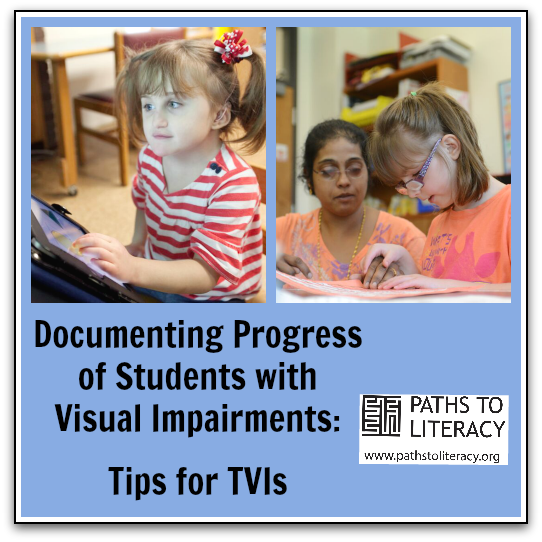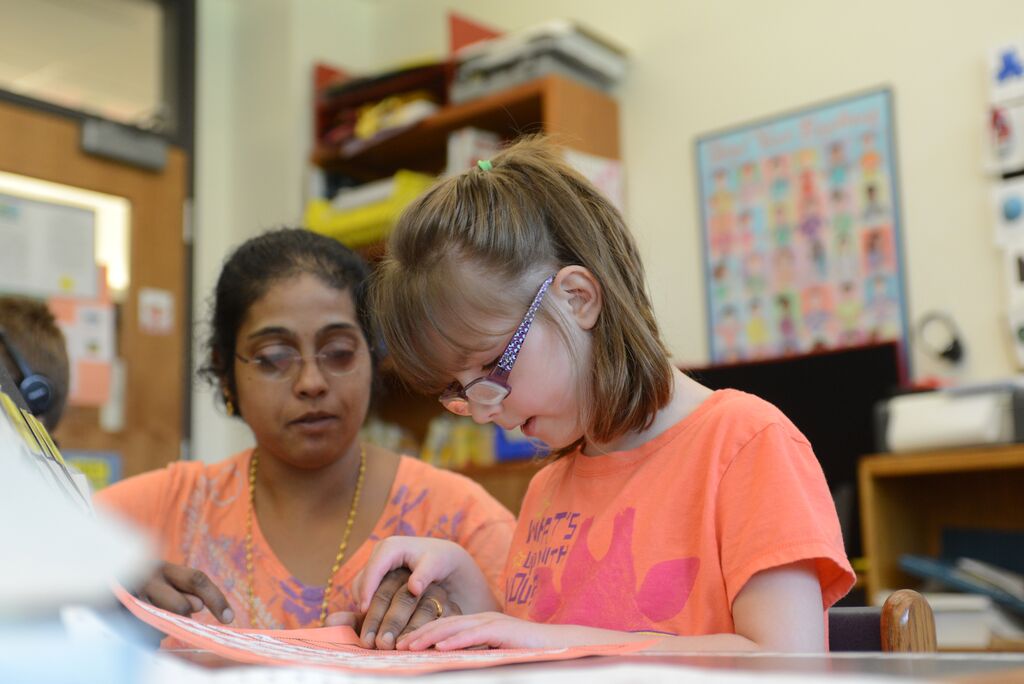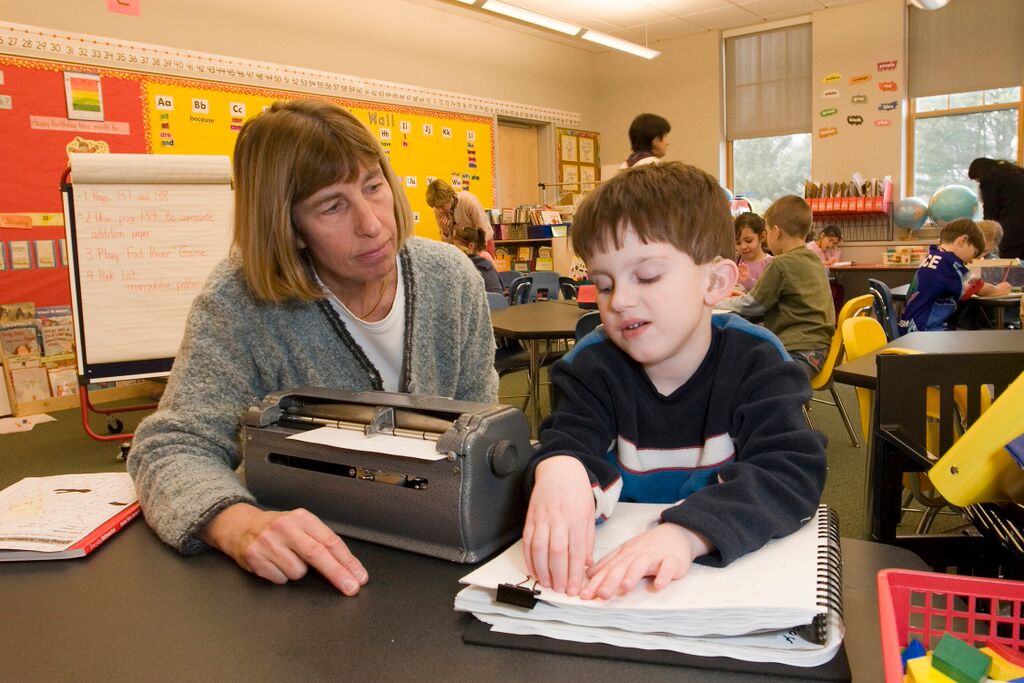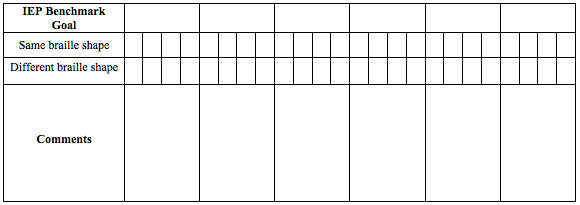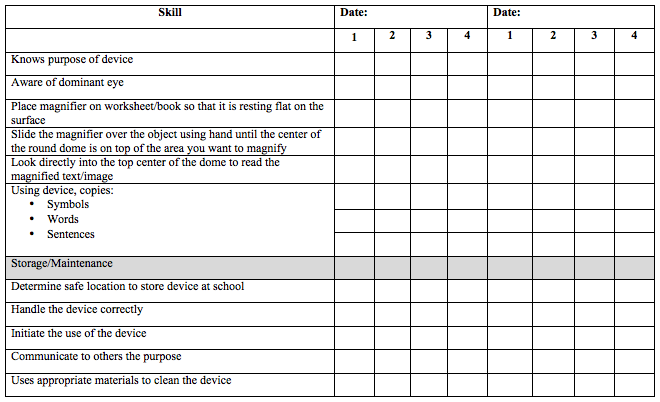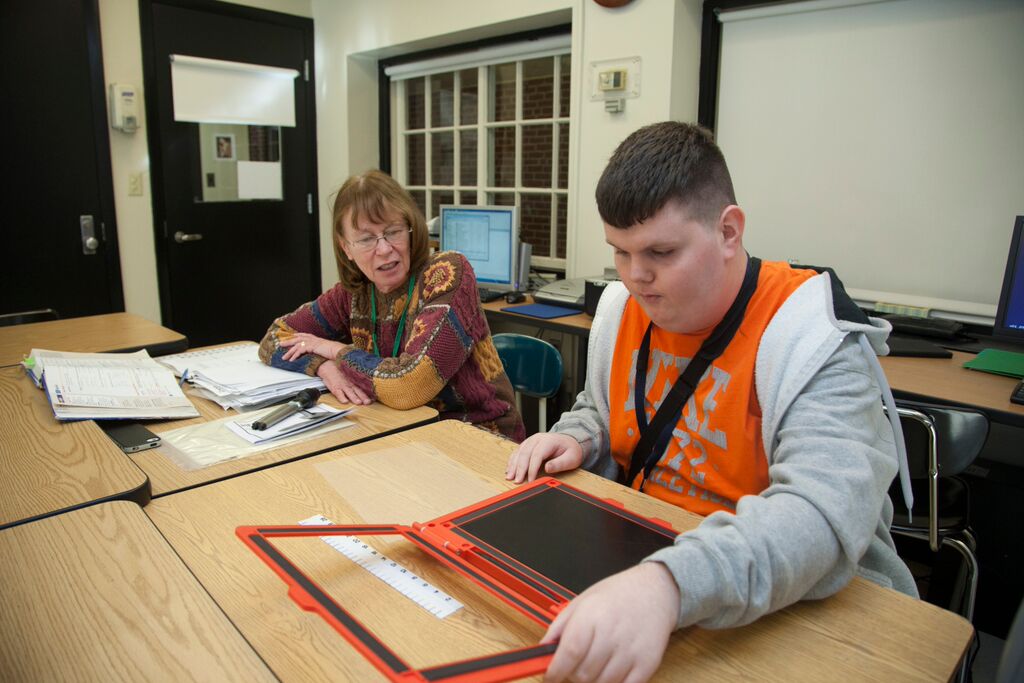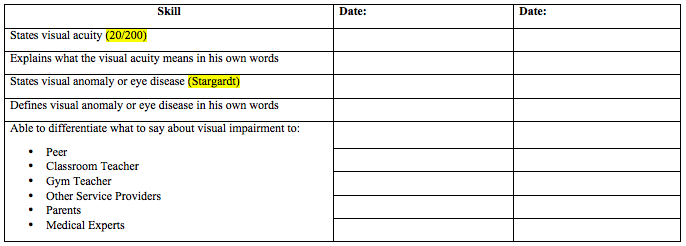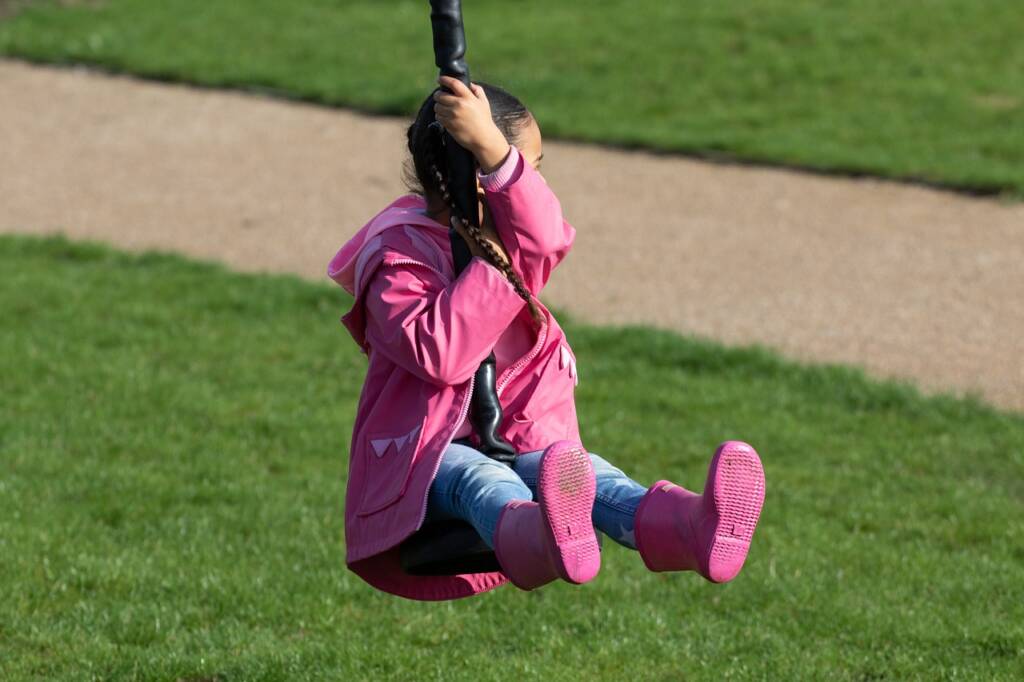I have been asked repeatedly how I come up with goals and how I document progress or regression on them. Good questions! In coming up with goals, it all starts with some form of assessment. I don’t pull goals out of midair, but rather I start with these VI goals and objectives. I may tweak the wording, but the goals are a great guide! As for documenting progress or regression…that is a process!
Tracking and Documenting Progress Toward IEP Goals
Once the IEP meeting has been held and all IEP objectives and benchmark goals have been approved, the question becomes how to document progress/regression on the goals for progress notes and such. Teachers need to have data to support the noted progress/regression on the objectives/goals. This also helps teachers tweak lessons to focus on the weaker areas or the areas in which regression has been noted, while building on the student’s strengths.
I like to look at the individual goal and determine what information I need to track in order to document information on this goal. I try to make the data collection sheets as simple as possible and keep my marking system the same. I am typically in a hurry to document the student’s work as they are doing it. I don’t want to try to recall later what they did or did not do. I usually write my comments either immediately following the student lesson or before going home that day. If I wait too long, important pieces of information may be lost.
Creating a Basic Data Tracking Sheet
For instance, in the goal of “Moving from a verbal prompt to independence, Student X will identify the same/different braille shapes with 85% accuracy”…this is an easy one as it is clearly defined in the title. Since this required little information in the form, I was able to put two of the forms on one page. See below:
I made the data sheet to be quite simple. This form has room for six days of documentation. There are 4 trials per day and I mark each trial as follows: + = demonstrated, – = not demonstrated, / = not attempted, and √+= with assistance.
Sample Data Sheet for Low Vision Goals
Another example is a magnifier goal: “Student X will use a magnifying glass to scan large busy pages for small details, finding the requested item 3 out of 4 times, by October 16, 2015”. With this particular student, the goal came with him from another district. In his previous district this was a consult goal and I had made this a direct services goal. I felt that in order for a student to learn to use the device, he would need direct services to meet the goal, and I was correct with this particular student. During my initial periods of working with him, I learned that he did not know how to use the device. As a result, instruction needed to start at square one. I task analyzed what skills he needed to have in order to meet with success using the device independently in a one-to-one setting and back in the classroom.
With this particular data collection sheet, I used a different scoring system: I = Independent, SI = Semi Independent (self-initiates; requires minimal assistance), AN = Assistance Needed, and U = Unable to perform. I used the different scoring system as I needed to at a glance see how independent the student was becoming with the device. I created this form years ago and use it not only as a data collection sheet, but also as a pretest/post test. I have found this very effective in establishing a baseline.
Before I considered his goals mastered, I transitioned him back into the classroom and continued documenting his progress on this form. I was there to facilitate any problem that arose and was able to demonstrate to the teacher how it could and should be used in the room. To make a long story short, the goal was met with success in the classroom!!
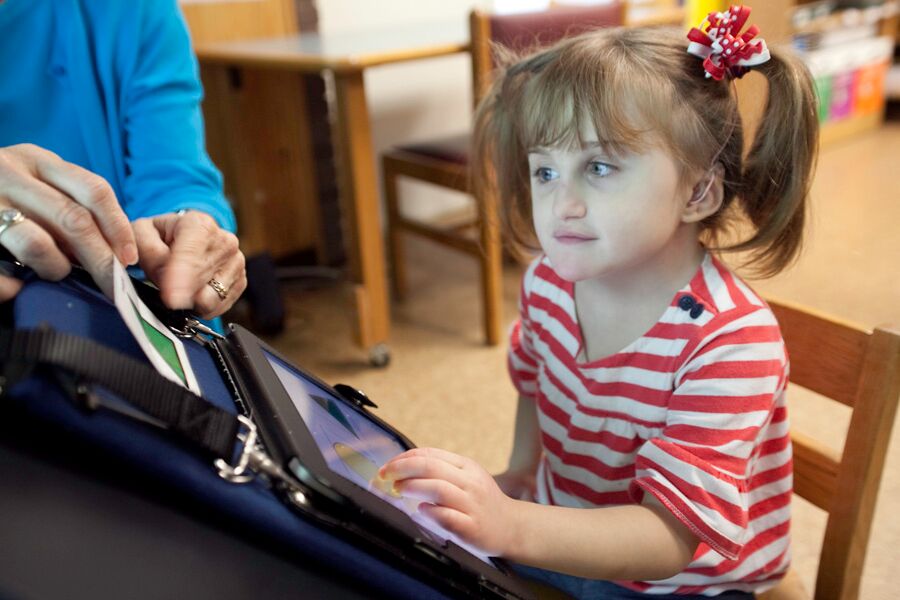
Data Sheets for Students to Track Their Own Work
My same thought process was also true for goals relating to the Expanded Core Curriculum (ECC). In this example, the student is in middle school and has two goals to be worked on. The first goal is “by IEP completion date (01/07/16) investigate careers in the computer field and possible accommodations to the career choices with 80 percent accuracy.” Based on his ECC evaluation I did as part of his three year evaluation, this goal was decided upon as he hopes to one day work in the computer industry, but was not sure what aspect he would focus on. This goal is a little different in regards to the data collection sheet. Instead of my completing the sheet to document student work, the student fills in the information on the form and saves it on my computer. When a page is filled, I will print a copy of it for him to keep in his binder.
As one can see, it is a very basic form. We discussed prior to his meeting what information he felt he needed to know as he investigated careers. I guided his thought process through leading questions. He also wrote both of his goals for his meeting! One last thing on this form, we also keep track of any website or resource we use. He doesn’t put that in the “Other” row, but rather under each occupation table. This makes it very easy to go back and review where he’s looked. It is also teaching him valuable skills for when those research papers start coming his way!
Tracking ECC Goals, such as Self-Determination
The second goal is “by IEP completion date (01/07/16) learn about his eye condition and acuities to aid him in advocating for himself with 80 percent accuracy.” This was VITALLY important to the student as he is in the 7th grade with limited knowledge of his visual impairment. He knew he can’t see in the center of his eye. He was interested in learning more about his eye condition. He was able to develop the list of accommodations for the upcoming school year with me.
I created this form years ago and use it not only as a data collection sheet, but also as a pretest/post test. I have found this very effective in establishing a baseline. When I created this, I sat down to try to determine what information I felt the student needed to know about his/her eye condition and to whom he would need to relate all or part of the information to.
Again, this is a little different than the other goals. I used the same scoring system as I used in the magnifier form: I = Independent, SI = Semi Independent (self-initiates; requires minimal assistance), AN = Assistance Needed, and U = Unable to perform. Since I am having the student document on the other objective, we document this one together each time we work on it. This provides him with a chance to practice to self-advocate with me and has led to some really good discussions!
Tracking Goals for Students Who Are Consults
Now what about that student who has a consult goal? I think these goals are harder to document on the progress note. Take this goal: “While in the school setting, Student X will solicit assistance in regards to his vision needs from his classroom teachers with 85 percent accuracy.” At the time I thought it sounded like a great goal as did the student and then later the IEP team. But when I went to update progress on the goal, what proof do I have on this? Hmmm. So I created the below form. On this form I clearly document whom I’m talking to and the date with comments. If it’s the student, I’ll just put an “X”. If it’s a teacher, I’m going to write the name. “Other” can be parent, therapist, outside agency, etc. And then the comments should relate directly to that goal. However, sometimes there are other things that should be written here, such as new vision problems in the room, observations done, or behavior issues that have arisen. This information not only helps with document progress/regression on the goal, but can help support the need for new or additional testing of the student.
The IEP meeting is over. Goals have been written and approved by the committee. Data sheets are now done. Time to work on those activities and materials to implement those goals. The nice thing about having data sheets is that writing progress notes is easier as you have the data to refer to. If a parent/teacher/administrator/other wants to discuss a student with you, you have this data to bring to the meeting. Whether you use my forms as a guide or not is not important. The important thing is to have something that you can use that makes sense to you to document the student’s progress throughout the year.
For more of my forms, see also Data Sheets for Tracking IEP Goals.
